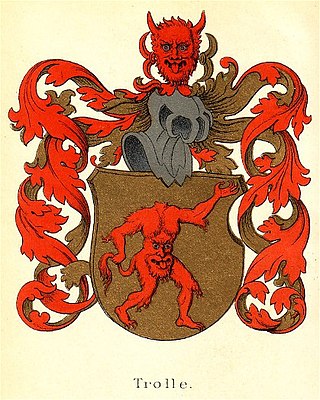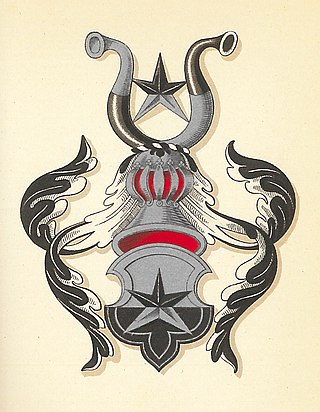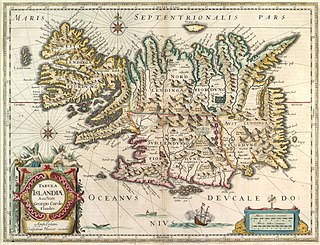The aristocracy of Norway is the modern and medieval aristocracy in Norway. Additionally, there have been economical, political, and military elites that—relating to the main lines of Norway's history—are generally accepted as nominal predecessors of the aforementioned. Since the 16th century, modern aristocracy is known as nobility.
Riksrådet or Rigsrådet is the name of the councils of the Scandinavian countries that ruled the countries together with the kings from late Middle Ages to the 17th century. Norway had a Council of the Realm that was de facto abolished by the Danish-Norwegian king in 1536–1537. In Sweden the parallel Council gradually came under the influence of the king during the 17th century.

Olav Nilsson Skanke was a Norwegian nobleman, knight and privateer. He was a member of the Riksråd and served as commander of Bergenhus Fortress.

Ingerd Ottesdotter (Rømer) was her era's wealthiest landowner in Norway. She was the ultimate heiress of the noble Rømer family and a political intriguer. Lady Ingerd is noted for having orchestrated her powerful sons-in-law to support her goals. Her fame was the inspiration for Henrik Ibsen's play Lady Inger of Ostrat.

The House of Trolle is the name of a noble family, originally from Sweden. The family has produced prominent people in the histories of Sweden and Denmark since the Middle Ages and is associated with several estates in both countries.

Sigurd Jonsson was a Norwegian nobleman, knight and the supreme leader of Norway during two interregnums in the mid-15th century.
Vincens Lunge was a Danish-Norwegian noble, member of the Norwegian realm council (Riksråd) and the foremost representative of King Christian III of Denmark in Norway.

Olav Engelbrektsson was the 28th Archbishop of Norway from 1523 to 1537, the Regent of Norway from 1533 to 1537, a member and later president of the Riksråd, and a member of the Norwegian nobility. He was the last Roman Catholic to be the Archbishop of Norway before he fled to exile in 1537.

The Count of Wedel-Jarlsberg is a title of the Norwegian nobility and of the Danish nobility. The family of Wedel-Jarlsberg is a branch of the larger family von Wedel, which comes from Pomerania, Germany. Family members have had a significant position in the 18th and 19th centuries' Norwegian history.
Jon Ragnvaldson Smør was a Norwegian knight and cabinet minister (riksråd). He was the Bergen city recorder (gjaldker) and also owned land among other places in outer Sunnfjord.
Hr. Svale Jonson Smør was a Norwegian knight and riksråd.

Jon Svaleson Smør was a Norwegian knight, riksråd and regent.

The Smør family, or after the coat of arms, "Leopard's head ", was the name of a Norwegian medieval family of the high nobility. The family was one of the few original noble families of Norway, as it, unlike many other families, did not originate from Denmark or Sweden. The family owned land in Norway, as well as on the Faroe Islands and Shetland. The male line of the family died out in the late 15th century.
Jon Trondson Benkestok was a Norwegian nobleman (Adelsmann) and a member of the Benkestok family, one of the original noble families of Norway.

The Tordenstjerne family, also spelled Tordenstierne, was a Norwegian noble family.

Nobility in Iceland may refer to the following:
Elise Eskilsdotter was a Norwegian noble. Elise was the daughter of Eskild Ågesen and Elisabeth Jakobsdatter Hegle. Her father was a knight from Scania. Around 1420, she married the Norwegian nobleman Olav Nilsson who was a member of the noble Skanke family.
Hans Kruckow was a knight and a royal councilor in Norway.
Ingerd Erlendsdotter was a Norwegian noblewoman and landowner during the 15th century.
Jon Havtoresson was the son of knight Havtore Jonsson and princess Agnes Håkonsdatter, illegitimate daughter of King Håkon V Magnusson.










